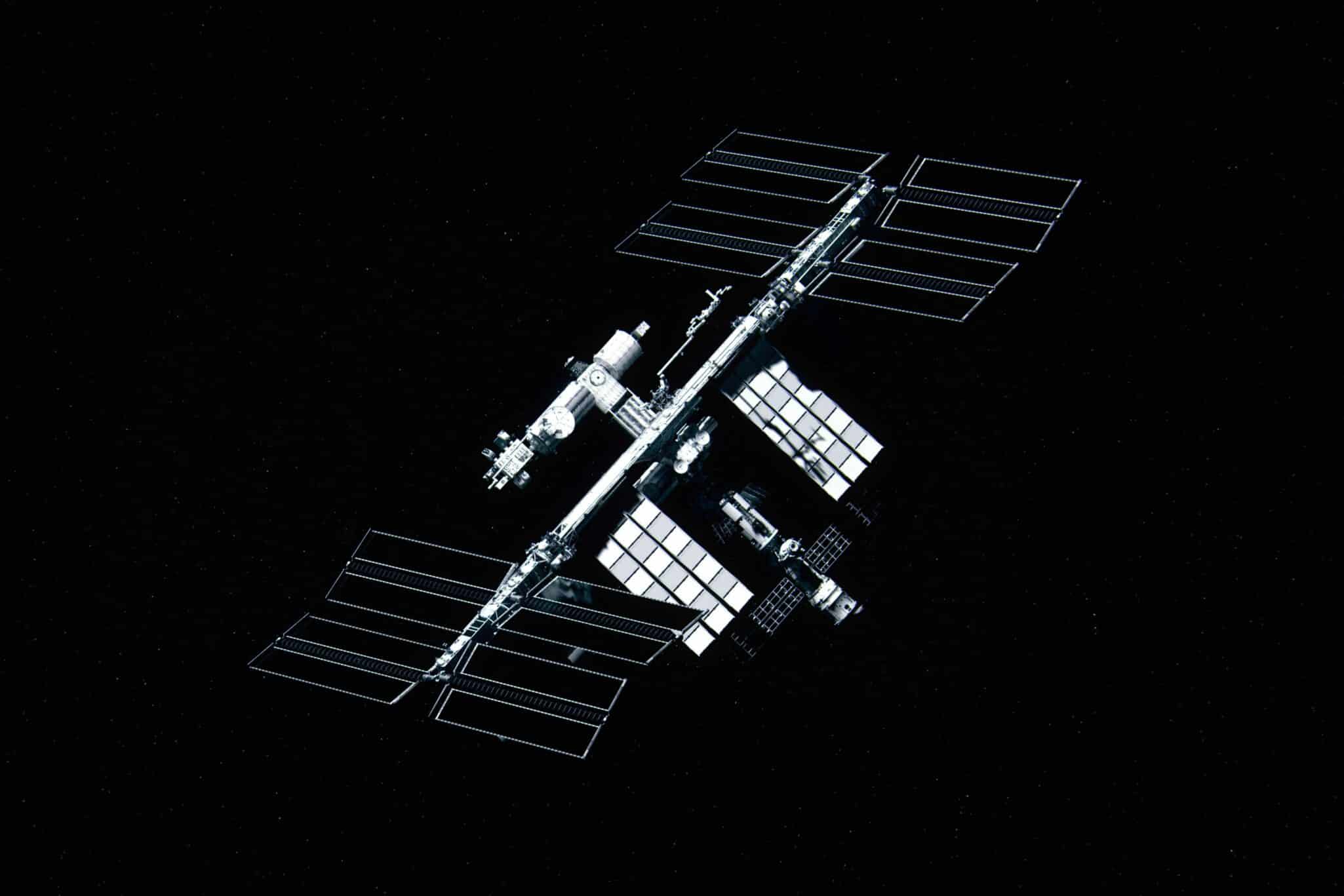Key Takeaways
- The NASA XROOTS (eXposed Root On-Orbit Test System) project evaluates hydroponic and aeroponic plant growth in microgravity.
- The system was delivered to the International Space Station (ISS) via Northrop Grumman CRS Mission 17.
- XROOTS aims to test methods for growing plants without soil or particulate media, using multiple growth chambers for side-by-side comparisons.
- The experiment supports the development of scalable crop production systems for future long-duration space missions.
- Findings could also benefit terrestrial agriculture, particularly for use in controlled environment systems like greenhouses.
NASA XROOTS Experiment Investigates Plant Growth in Microgravity
Evaluating Hydroponic and Aeroponic Techniques in Space
The NASA XROOTS project, short for eXposed Root On-Orbit Test System, is conducting tests aboard the International Space Station (ISS) to determine effective soil-free methods for growing plants in space. Delivered as part of Northrop Grumman’s Commercial Resupply Services Mission 17, the system utilizes hydroponic and aeroponic technologies to support plant growth from seed germination through maturity.
Using video, still images, and occasional crew observations, the project assesses multiple independent growth chambers to study nutrient delivery methods in a microgravity environment.
XROOTS Integrated with Existing ISS Hardware
Veggie Platform Modified for Soil-Free Cultivation
XROOTS is designed to integrate with the Veggie hardware already onboard the ISS. Modifications include the installation of a custom baseplate and bellows to accommodate the XROOTS enclosure. The experiment is housed in a middeck locker equivalent (MLE) payload mounted to the EXPRESS Rack, drawing power and data connections from the ISS infrastructure.
Each growth chamber operates independently to test various nutrient recovery and delivery configurations, with the goal of identifying scalable solutions for future missions beyond low Earth orbit.
Applications in Space Exploration
Addressing Limitations of Traditional Growth Media
Traditional plant systems aboard spacecraft often rely on particulate media, which can be problematic due to mass, containment, and maintenance issues. The hydroponic and aeroponic systems in XROOTS aim to overcome these limitations by reducing material inputs while maintaining effective plant development.
NASA researchers hope that the findings will inform the design of larger-scale food production systems capable of supporting astronauts on long-duration missions, including those to the Moon and Mars.
XROOTS Relevance for Earth-Based Agriculture
Potential Benefits for Greenhouse and Controlled Environment Farming
While the primary application is for space, the technologies tested in the XROOTS system may also have relevance on Earth. Components of the system could be adapted for use in greenhouse cultivation, potentially offering water-efficient, low-maintenance alternatives to soil-based agriculture. Such technologies may contribute to food security, especially in regions with limited arable land or water availability.
Read more here.



4 Comments